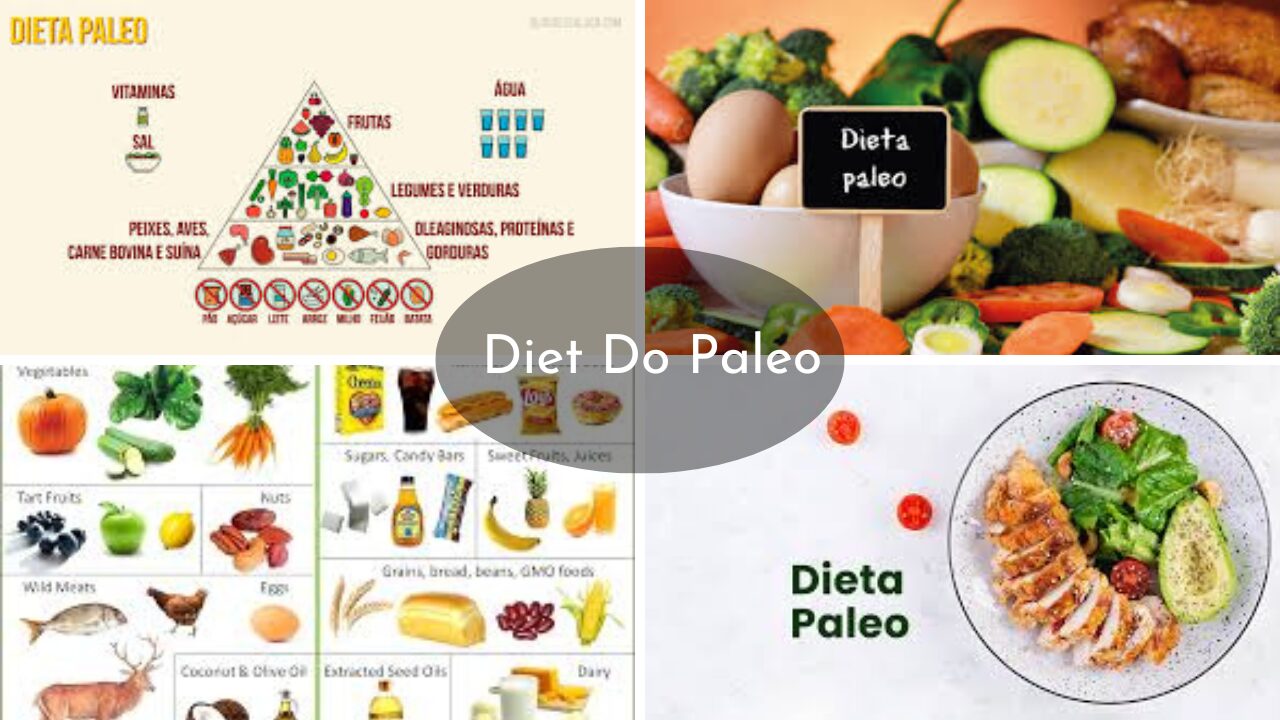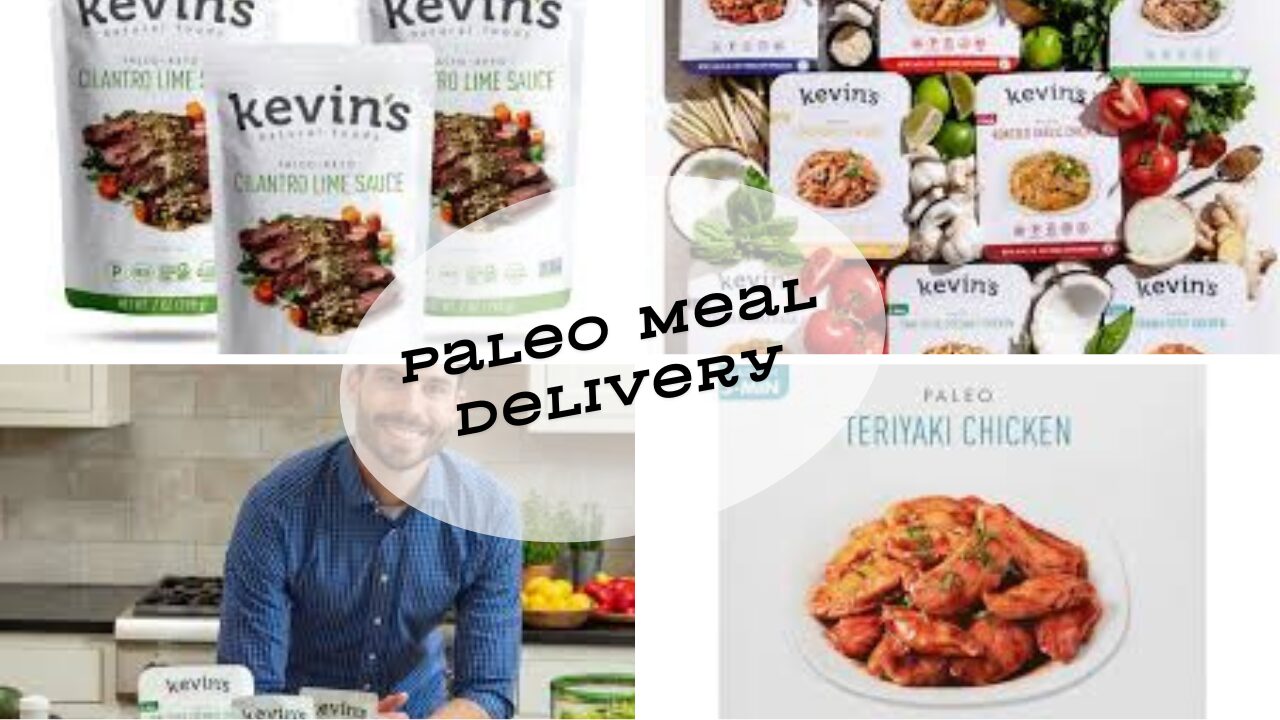Keto vs Paleo
Introduction
In the world of health and nutrition, two popular diets have been making waves: the ketogenic diet (keto) and the paleolithic diet (paleo). Both have gained significant attention for their potential health benefits and unique approaches to eating. In this article, we will delve into the key differences and similarities between keto and paleo diets to help you make an informed decision about which one may be right for you.
What is the Keto Diet?
- Definition: The body’s entry into ketosis is the aim of the high-fat, low-carbohydrate ketogenic diet.
- Focus Keyword Usage: Keto diet
- Key Principles: It emphasizes consuming healthy fats, moderate protein, and minimal carbs to switch the body’s primary fuel source from glucose to ketones.
- Benefits: Supports weight loss, improves blood sugar control, and may enhance mental clarity and energy levels.
What is the Paleo Diet?
- Definition: The paleo diet, often called the caveman diet, emphasizes eating foods that our forefathers would have eaten in the Paleolithic period.
- Focus Keyword Usage: Paleo diet
- Key Principles: It promotes whole, unprocessed foods such as lean meats, fish, fruits, vegetables, nuts, and seeds while excluding grains, legumes, dairy, and processed foods.
- Benefits: Supports natural weight management, improves nutrient intake, and may reduce inflammation and risk of chronic diseases.
Key Differences Between Keto and Paleo
Macronutrient Composition
- Keto: High fat, moderate protein, very low carb (typically less than 50 grams per day).
- Paleo: Moderate protein, moderate fat, eliminates grains, legumes, and dairy, but allows natural sugars from fruits and vegetables.
- Focus Keyword Usage: Keto vs Paleo differences
Purpose and Goal
- Keto: Primarily used for weight loss, managing epilepsy, and improving metabolic health.
- Paleo: Focuses on eating whole, nutrient-dense foods for overall health and well-being, not necessarily for rapid weight loss.
- Focus Keyword Usage: Purpose of Keto and Paleo diets
Food Choices
- Keto: Includes foods like avocados, nuts, seeds, fatty fish, oils, and non-starchy vegetables.
- Paleo: Emphasizes grass-fed meats, wild-caught fish, eggs, fruits, vegetables, nuts, and seeds.
- Focus Keyword Usage: Foods allowed on Keto and Paleo diets
Sustainability
- Keto: Some find it challenging to sustain long-term due to strict carb restrictions.
- Paleo: Considered more sustainable as it focuses on whole foods and allows for a wider variety of nutrient sources.
- Focus Keyword Usage: Long-term sustainability of Keto vs Paleo
Similarities Between Keto and Paleo
Emphasis on Whole Foods
- Both diets prioritize whole, unprocessed foods over highly processed and refined products.
- Focus Keyword Usage: Similarities between Keto and Paleo
Potential Health Benefits
- Both diets have shown promise in improving metabolic markers, supporting weight management, and enhancing overall well-being.
- Focus Keyword Usage: Health benefits of Keto and Paleo
(FAQs) About Keto vs Paleo
Q1: Is the keto diet the same as the Atkins diet?
- Answer: While both diets focus on low-carb intake, the keto diet specifically aims for a state of ketosis, whereas Atkins may have different phases with varying carb allowances.
Q2: Can you follow a keto or paleo diet if you’re vegetarian or vegan?
- Answer: Yes, with modifications. Vegetarians can adapt by including plant-based fats and proteins, while vegans may need to carefully plan meals to meet nutrient needs.
Q3: Are there any potential drawbacks to keto or paleo diets?
- Answer: Some individuals may experience initial side effects like the “keto flu” on the keto diet or find the restrictive nature of paleo challenging. It’s important to consult with a healthcare professional before making significant dietary changes






